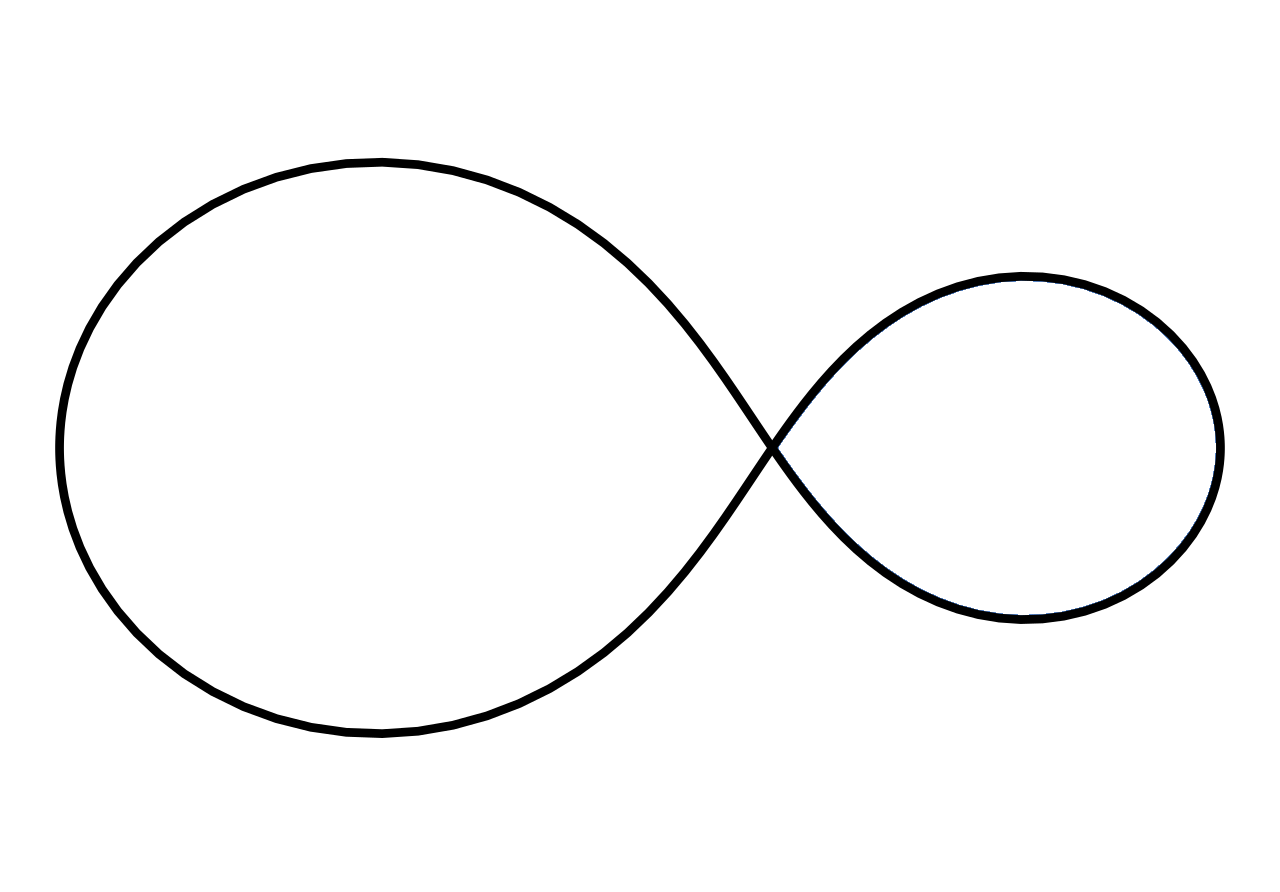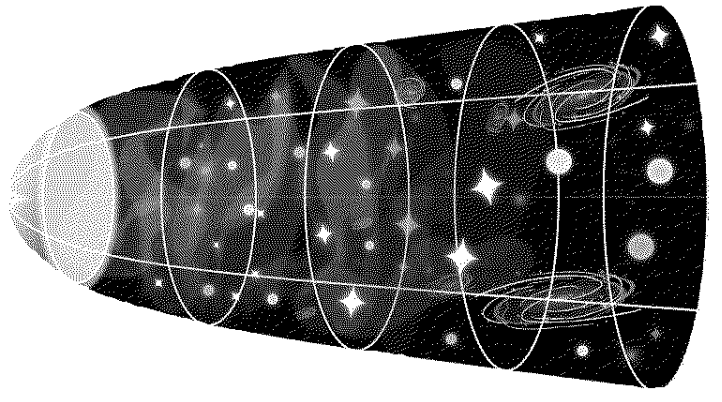Hi I'm Martyna
I am an independent research fellow at the European Southern Observatory in Garching, Germany and a guest researcher at the Max Planck Institute for Astrophysics (MPA). Before that, I was an independent research fellow at MPA . My research connects the evolution of massive stars and binaries with chemical evolution of the Universe. I combine both topics in the context of gravitational wave astrophysics. I obtained a cum laude doctoral degree at the Radboud University. In 2020, I have been distinguished with a Christine Mohrmann Grant, awarded to ten female PhD researchers from all disciplines by the Radboud University. In 2022, my PhD thesis has been distinguished with a honourable mention by the Galaxies and Cosmology Divison of the International Astronomical Union and by the GWIC-Braccini Thesis Prize Committee (for research in gravitational wave related areas).I am a member of the ENGRAVE, LISA and the Einsten Telescope collaborations. You can read more about my scientific interests below or in this short article in which I was featured as part of the "meet MPA fellows" series. I love figure skating (both on ice and inlines), but enjoy doing (almost) any other sport too.
My family name (Chruślińska) tends to scare people - before you give up, try reading it as: Hroo-shlin-ska (assuming standard English pronunciation).
My main research interests
-> read more!
With gravitational wave detectors, we are now routinely observing merging black holes and neutron stars. Those are the afterlives of massive stars that formed all across the Universe. Their mergers carry information about the way stars and galaxies form . They are unique probes of stellar evolution in galaxies that are very different from our own. This information could be deciphered by comparison with the models, provided that the uncertainties involved in the modeling are well understood.
My work shows that the outcome of the modeling is strongly affected not only by the description of the formation of mergers, but also by the assumed amount of elements heavier than helium with which the stars are born. Those elements are produced in stellar interiors and gradually released to the surrounding medium, where the new stars can form. I use observational properties of star forming galaxies to understand how the abundance of those elements changes with the next generations of stars forming over time. This is crucial for the correct interpretation of the properties of the populations of gravitational wave sources observed with current and future detectors.
Publications
You can find a full list of my publications in the
ADS Database.
My ORCID is linked here
First authored :
- Chruslinska M., Pakmor R., Matthee J., Matsuno T: ‘ Trading oxygen for iron I: the [O/Fe] -- specific star formation rate relation of galaxies ’, 2024, A&A [ADS] github
- Chruslinska M.: ‘Chemical evolution of the Universe and its consequences for gravitational wave astrophyscis’, 2024 (note: as accepted in 2022), invited review for AdP special issue on Gravitational Wave Physics and Astronomy [ADS]
- Chruslinska M., Nelemans G., Boco L. and Lapi A.: ‘The impact of the FMR and starburst galaxies on the (low-metallicity) cosmic star formation history’, 2021, MNRAS [MNRAS] [ADS]
- Chruslinska M., Jerabkova T., Nelemans G. and Yan Z.: ‘The effect of the environment-dependent IMF on the formation and metallicities of stars over the cosmic history’, 2020, A&A, 636, A10 [ADS] [summary]
- Chruslinska M. & Nelemans G.: ‘Metallicity of stars formed throughout the cosmic history based on the observational properties of star-forming galaxies‘, 2019, MNRAS, 488, 5300 [ADS] [summary]
- Chruslinska M., Nelemans G., Belczynski K.: ‘The influence of the distribution of cosmic star formation at different metallicities on the properties of merging double compact objects’, 2019, MNRAS, 482, 5012 [ADS] [more]
- Chruslinska M., Belczynski K., Klencki, J., Benacquista, M. : ‘Double neutron stars: merger rates revisited’, 2018, MNRAS, 474, 2937 [ADS] [more]
- Chruslinska M., Belczynski K., Bulik T. and Gladysz W. : 'Constraints on the formation of double neutron stars from the observed eccentricities and current limits on merger rates', 2017, AcA, 67, 37 [ADS] [more]
Book chapters, whitepapers, proceedings:
- Costa G., Chruślińska M., Klencki J. Broekgaarden F., Rodriguez C., Joseph T. and Saracino S. : 'Stellar Black Holes and Compact Stellar Remnants' [ADS] To appear in Chapter 1 in the book Black Holes in the Era of Gravitational Wave Astronomy, ed. Arca Sedda, Bortolas, Spera, pub. Elsevier. All authors equally contributed to the chapter.
- Astrophysics with the Laser Interferometer Space Antenna, Amaro-Seoane, P., incl. Chruslinska M. [ADS] 2023, Living Reviews in Relativity, 26, 2
- Chruslinska M., 'Local merger rates of double neutron stars', Proceedings of the International Astronomical Union,2020, Volume 346, pp. 433-443 [ADS]
Conferences & Seminars
Talks at conferences
- The Fundamental Role of Stellar Multiplicity in Stellar Dynamics and Evolution, Nov. 2022, Garching
- Charting the metallicity evolution history of the Universe, Sept. 2022, Catania (online)
- [Invited] PAX2022: Roadmap to Next-Generation Gravitational Wave Detectors, August 2022, Cambridge, MA/USA
- [Invited] The Gravitational Wave Physics and Astronomy Workshop (GWPAW21) , Dec. 2021, Hannover
- European Astronomical Society Meeting (EAS; SS28 on the IMF), June 2021 (online)
- Dutch NOVA NW1 (cosmology, galaxy formation and evolution) Online Science Meeting , January 2021
- European Astronomical Society Meeting (EAS; S5 on Gravitational waves), July 2020 (online)
- Workshop 'Astrophysics of LIGO/Virgo sources in O3 era', 20-24 January 2020, Tokyo
- [Invited] Theory Meeting Experiment 2020: particle astrophysics and cosmology , Jan. 2020, Quy Nhon
- Workshop 'The origins of Black Hole Mergers and Gravitational Waves', 16-20 December 2019, Leiden
- Astrophysics with GW detections, 6-7 September 2019, Warsaw
- Dutch Astronomers' conference (NAC), May 2019, Groningen
- Workshop 'Metals in Galaxies, Near and Far: Looking Ahead', May 2019, Leiden
- IAU General Assembly (session S346), August 2018, Vienna
- Summer school on gravitational waves, July 2018, Les Houches
- Dutch Astronomers' conference (NAC), May 2018, Groningen
- X Bonn workshop on formation and evolution neutron stars, November 2017, Bonn
Other invited talks, seminars & colloquia
- Talks at the CfA GW and galaxy evolution group meetings, Harvard/CfA, July 2022, Cambridge, MA/USA
- Talk at the CCA gravitational wave group meeting, Flatiron Institute, July 2022, New York
- Astrophysics Seminar, CIERA/Northwestern University, July 2022, Chicago
- Talk at the TRACES and galaxy evolution group meetings, Instituto de Astroficisa de Canarias, Spain, March 2022
- MPA Seminar, Max-Planck Institute for Astrophysics, Germany, February 2022
- Talk at the SeBa group meeting, December 2021 (online)
- Talk at the galaxy coffee meeting, European Southern Observatory, November 2021
- Talk at the Demoblack group meeting, University of Padova, October 2021 (online)
- Science seminar at the European Space Agency (ESA), July 2021 (online)
- Flash talk (for general public) at the Mohrmann Grant award ceremony, March 2021
- Flash talk for the ENGRAVE Collaboration , March 2021 (online)
- Talk at the Stellar dynamics and evolution group meeting, Lund University, March 2021 (online)
- Flash talk for the NOVA International Board review, February 2021 (online)
- Stellar Astrophysics Seminar, Geneva Observatory, November 2020 (online)
- Galaxies & Cosmology & Stars & Planets Seminar, Harvard-Smithsonian Center for Astrophysics, November 2020 (online)
- Talk at the BinCosmos group meeting, Harvard/Amsterdam University, August 2020 (online)
- The Astrophysics Colloquium at SISSA, 'Metallicity of stars throughout the cosmic history (and the gravitational waves observations)', October 2019, Trieste
- JINA-CEE online seminar on the local merger rates of double neutron stars, December 2018
Posters at conferences
- Gravitational Wave and Multimessenger Astronomy Heraeus Workshop, April 2022, Bad Honnef
- European Astronomical Society Meeting (EAS; SS26: Star-Formation in the Early Universe ), July 2021 (online)
- European Astronomical Society Meeting (EAS; SS20 on supernovae hosts), July 2020 (online) [poster]
- Black Holes and Neutron Stars with Gravitational Waves, October 2019, Kyoto
- IAU General Assembly (focus meeting FM7), August 2018, Vienna
- The IMPACT of BINARIES on STELLAR EVOLUTION (IMBASE), July 2017, ESO Garching
Teaching & Outreach
- Stellar evolution (academic years 2017/2018, 2018/2019, 2019/2020)
- Interstellar medium (academic years 2017/2018, 2018/2019, 2019/2020)
- Programming in Python (academic year 2018/2019)
- Galaxies (academic year 2017/2018)
I am a member of the the Almukantarat Astronomy Club - a non-profit organization based in Poland, whose main goal is popularisation of science, in particular astronomy among young people. I have been a volunteer lecturer during the summer astronomy camps for the high school students organized by the Club in 2012,2013,2014,2015,2017 and 2018. I've co-organized one of the spring meetings on behalf of the Club and was a member of the Club's board in 2015-2017.
I was the President of the Students Astronomy Association (KNAstr) at the Warsaw University (Jan. 2013 - Oct. 2015), organizing the weekly meetings, a number of outreach activities for both general public and the members of the Faculty of Physics, as well as the student's astronomy conference in the beautiful Izera Dark-Sky Park in April 2015.




